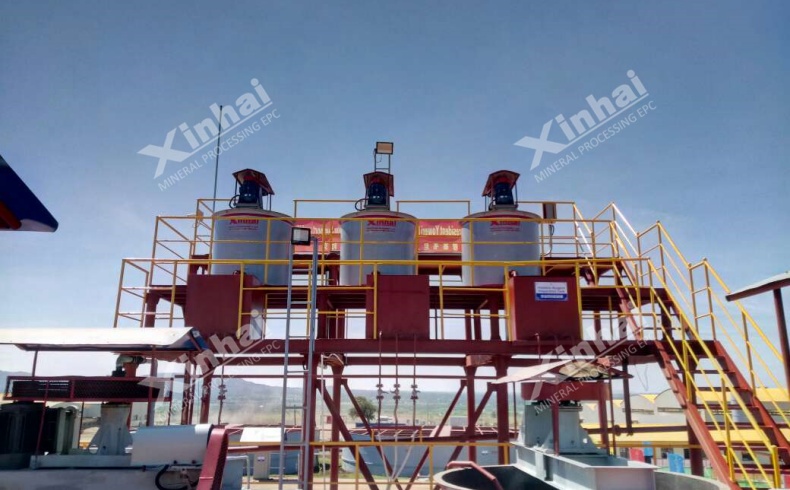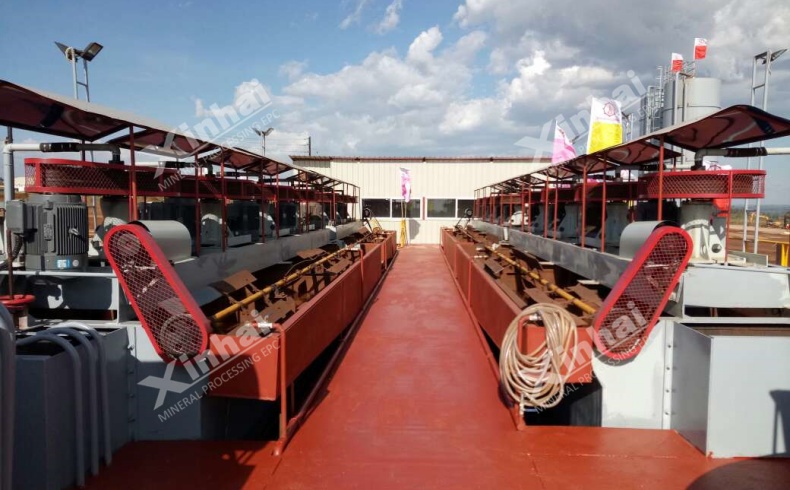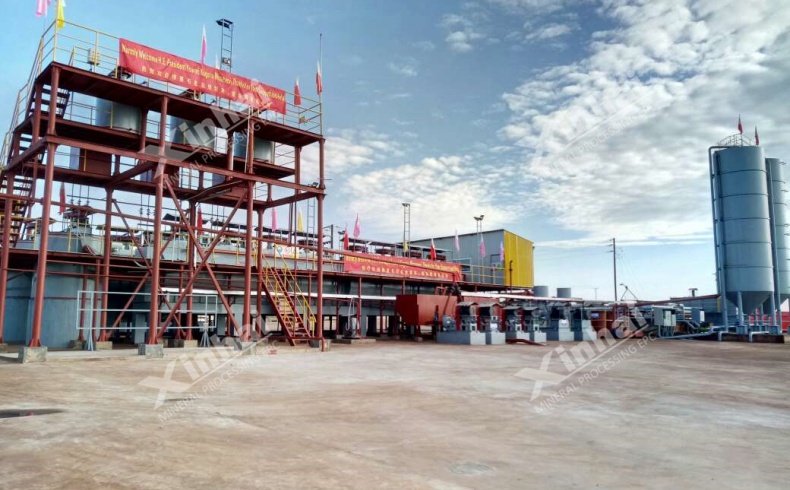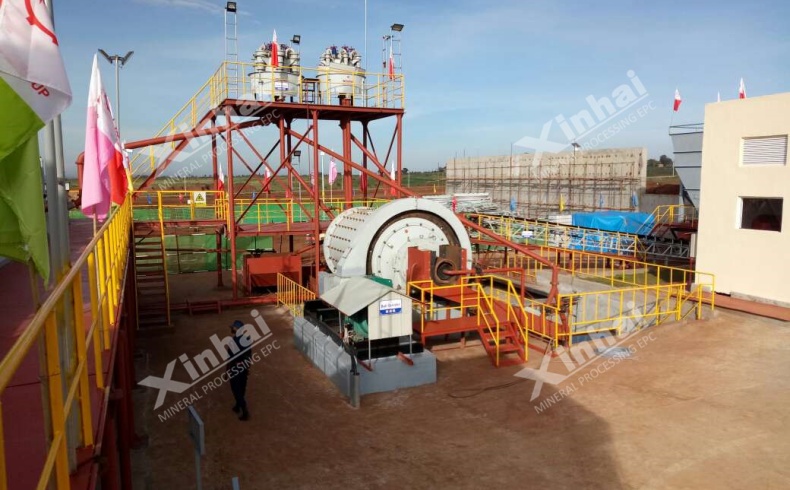If you want to know more information (such as product/process price, etc.), please contact us 24-hour telephone
The phosphate mining process is a meticulously engineered journey that transforms raw mineral deposits into vital resources for agriculture, food production, and industrial applications. As global demand for phosphates surges—driven by population growth and food security needs—modern mining practices must balance efficiency, environmental stewardship, and technological innovation. This article delves into the key stages of the phosphate mining process, highlighting advancements that optimize resource extraction while prioritizing sustainability.

Every successful phosphate mining process begins with precise geological surveys and resource assessments. Advanced technologies like satellite imaging, seismic studies, and core drilling identify viable phosphate deposits. Geologists analyze ore grade, mineral composition, and deposit depth to determine economic feasibility. Concurrently, environmental impact assessments (EIAs) evaluate risks to ecosystems, water systems, and local communities, ensuring compliance with global sustainability standards such as the ICMM guidelines.
Before initiating phosphate extraction, companies must navigate stringent regulatory frameworks. Permitting involves submitting detailed plans for land use, waste management, and ecological protection. Regulatory bodies conduct audits to verify alignment with safety protocols (e.g., OSHA standards) and emissions limits. Transparent stakeholder engagement—including consultations with local communities—is critical to fostering trust and securing social license to operate.

Phosphate ore extraction employs two primary methods, chosen based on deposit depth and geology:
1. Open-Pit Mining: Ideal for shallow deposits, this method uses draglines, hydraulic shovels, and haul trucks to remove overburden and extract ore. Innovations like autonomous vehicles reduce fuel consumption and emissions.
2. Underground Mining: For deeper reserves, tunnel-boring machines and continuous miners enable safe, efficient phosphates mining with minimal surface disruption.
Post-extraction, raw phosphate undergoes rigorous processing:
Crushing & Screening: Jaw crushers and vibrating screens reduce ore to uniform particles.
Desliming: Hydrocyclones remove clay and fine sediments that hinder downstream efficiency.
Beneficiation: Froth flotation separates phosphate minerals from quartz and carbonates. In some cases, calcination (heating to 1400°C) eliminates organic contaminants.

To meet industrial purity standards, phosphate processing often involves:
Acid Leaching: Sulfuric acid dissolves phosphate rock, producing phosphoric acid—a precursor for fertilizers.
Alkaline Leaching: Sodium hydroxide extracts rare earth elements (REEs) from phosphate byproducts, unlocking additional revenue streams.
Post-chemical treatment, rotary evaporators concentrate solutions, while spray dryers convert slurries into free-flowing granules. Automated quality control systems ensure products meet specifications for P2O5 content, particle size, and moisture levels—critical for fertilizer efficacy.
Processed phosphates are transported via bulk carriers or rail networks to global markets. Leading suppliers tailor products to client needs:
Fertilizers: Granular diammonium phosphate (DAP) for agriculture.
Industrial Uses: Food-grade phosphates for preservatives or lithium iron phosphate (LFP) batteries.
Responsible phosphate mining process operators prioritize post-mining land rehabilitation. Techniques include:
Soil Remediation: Applying biochar and organic matter to restore fertility.
Revegetation: Planting native species to rebuild ecosystems.
Water Management: Constructing wetlands to filter runoff and replenish aquifers.

The phosphate mining process is a testament to human ingenuity, enabling the sustainable extraction of a resource critical to global food and energy systems. By integrating cutting-edge technology, rigorous environmental safeguards, and stakeholder collaboration, the industry can meet rising demand while preserving ecosystems for future generations. As a leader in mineral processing and EPCM+O services, XinhaiMining remains committed to advancing ethical, efficient phosphate mining process solutions—ensuring value for clients and the planet alike.